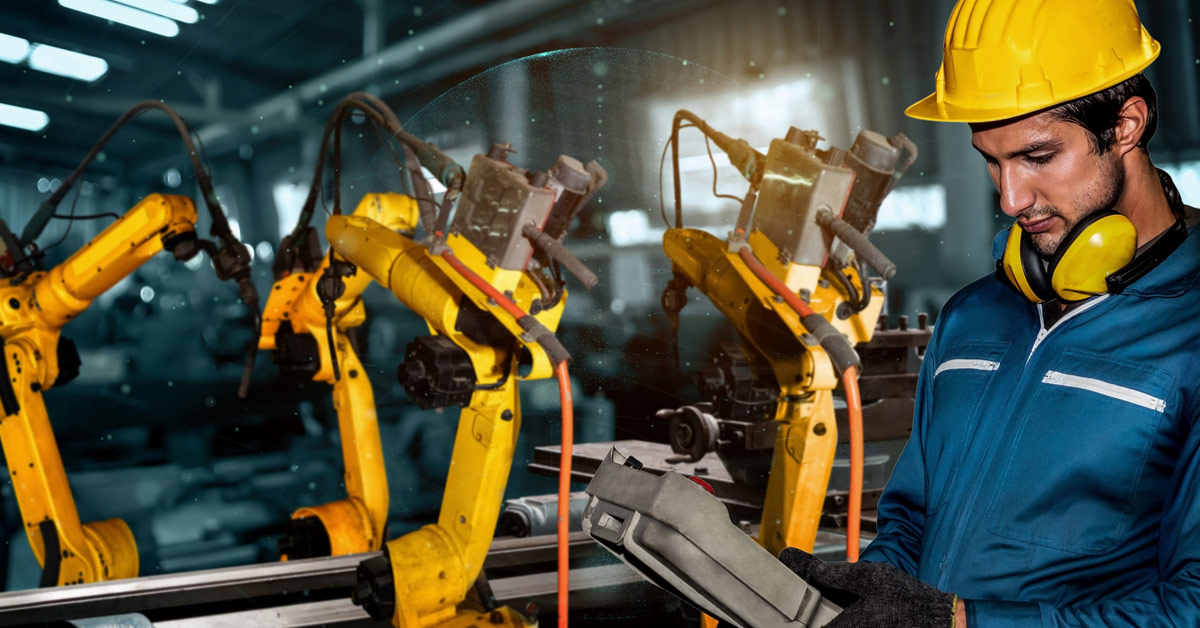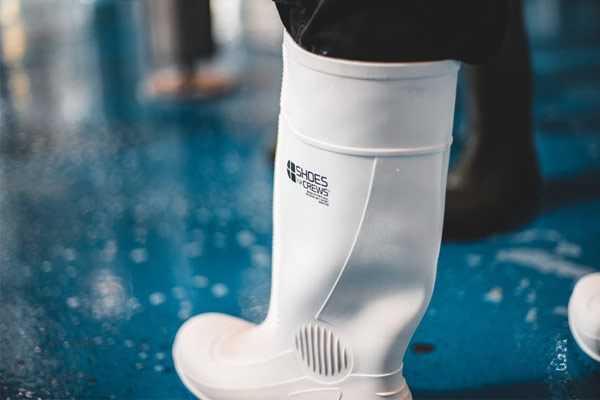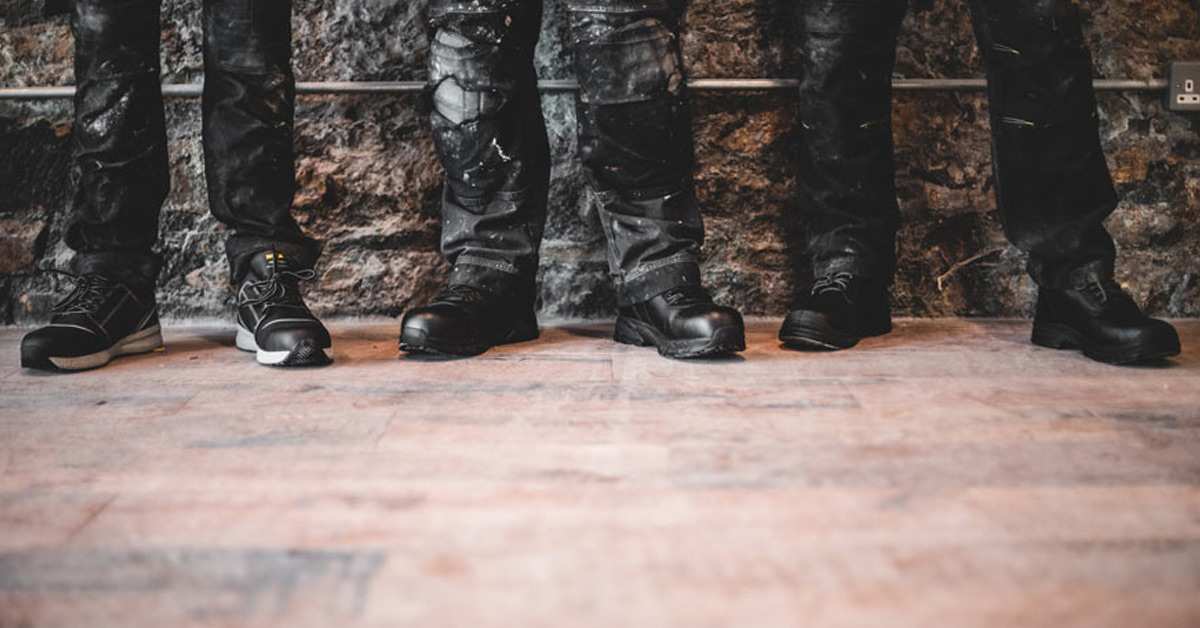5 Cost control techniques to implement for your manufacturing company
1. Lean manufacturing
Lean manufacturing is a method that focuses on the minimisation of waste within manufacturing systems whilst simultaneously maximising productivity. Implementing a value, flow, and pull system by using this technique can help your company balance your supply chain. It can also help control costs and eliminate waste that could result from inefficient transportation, excess inventory, idle time, and overproduction to name a few.
2. Supplier relationships
There are several ways to control the cost of raw materials and strengthen relationships with your suppliers. If this is an area where your company can save, talk to your suppliers and negotiate contract terms. Switch to or maintain annual contracts with suppliers to account for changes in the market.
If the cost of materials for your particular facility fluctuates or changes periodically, look for alternative sources of the same quality at better prices. Reducing costs in one area of purchasing could result in more resources to help improve the safety of your employees on the production floors.
3. Just-in-time inventory
Managing inventory levels can help companies control costs and avoid stock-outs. Consider how long materials on your floor can potentially sit waiting to be used. Adopting a just-in-time delivery practice, where inventory arrives from the supplier and is moved directly to the factory floor, can eliminate or free up extra storage space. Keep in mind that this practice is subject to market changes and industry logistics constraints. Examine your manufacturing plant to see if you can apply similar changes.
When operations are optimised, production can run efficiently and your employees are better protected from potential hazards or injuries they could experience. This, in turn, will help your team make better decisions in both the short and long term.
4. Kaizen and standardisation methods
Kaizen, or continuous incremental improvements over time, is often seen as the foundation of all lean production methods. It focuses on eliminating waste, improving productivity, and achieving sustainable continuous improvement in targeted activities and processes within an organisation. A simple way to condense the process into four simple steps is to plan, do, check and act.
Standardisation is the establishment of protocols to guide the production of a good or service, based on the consensus of all relevant parties in the industry. Some facilities may need to tailor their processes to suit specific operations which could mean moving away from uniform practices. Determine which method could yield the best results for yours by analysing and controlling the costs.
5. Control costs with employee training and engagement
At Shoes For Crews, our mission is to keep the workforce safe and reduce the amount of slip and fall accidents in all industries, especially the manufacturing industry. Training employees to correctly and safely perform a task the first time will greatly help reduce the risk of onsite incidents. Encouraging staff to speak up whenever they notice anything that might need to be evaluated or audited will also foster better employee engagement.
Workplace injuries can result in one or more missed working days, thus costing your company valuable time and profit. By investing in durable, slip-resistant workwear, your staff can benefit from the superior protection and stability that our technology affords.
The techniques mentioned in our post are just a few of the ways you can successfully audit and analyse your manufacturing costs at your facility. Reducing expenses and increasing efficiency means more of the sales can go directly to your bottom line. Cost control complements both sales and production, thus saving your manufacturing company valuable money in the long run.
Our top priority at Shoes For Crews is to offer employees protection from workplace hazards and to reduce costs. Whether you are looking for metal-free safety boots with a composite toe or PPE (Personal Protective Equipment) for your crew, we are confident we have what your employees need. With superior slip-resistant outsoles, our styles adapt perfectly to a number of different working environments such as manufacturing and plant facilities. Discover the features that your manufacturing staff needs to get through their long, tiring and intense shifts by downloading our Buyers Guide. Or speak with one of our experts and receive a free pair of sample safety shoes to test in your facility.





